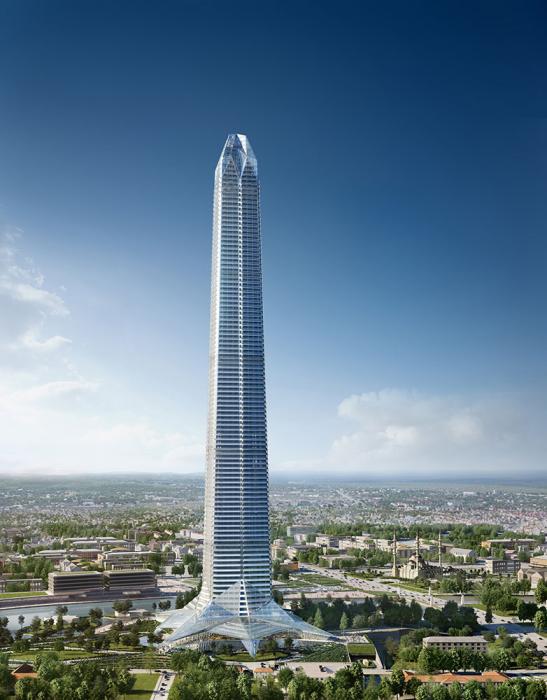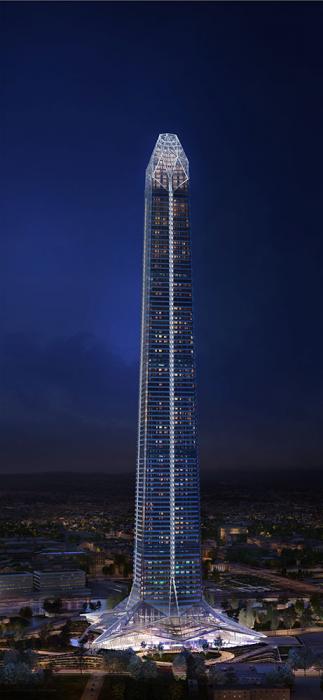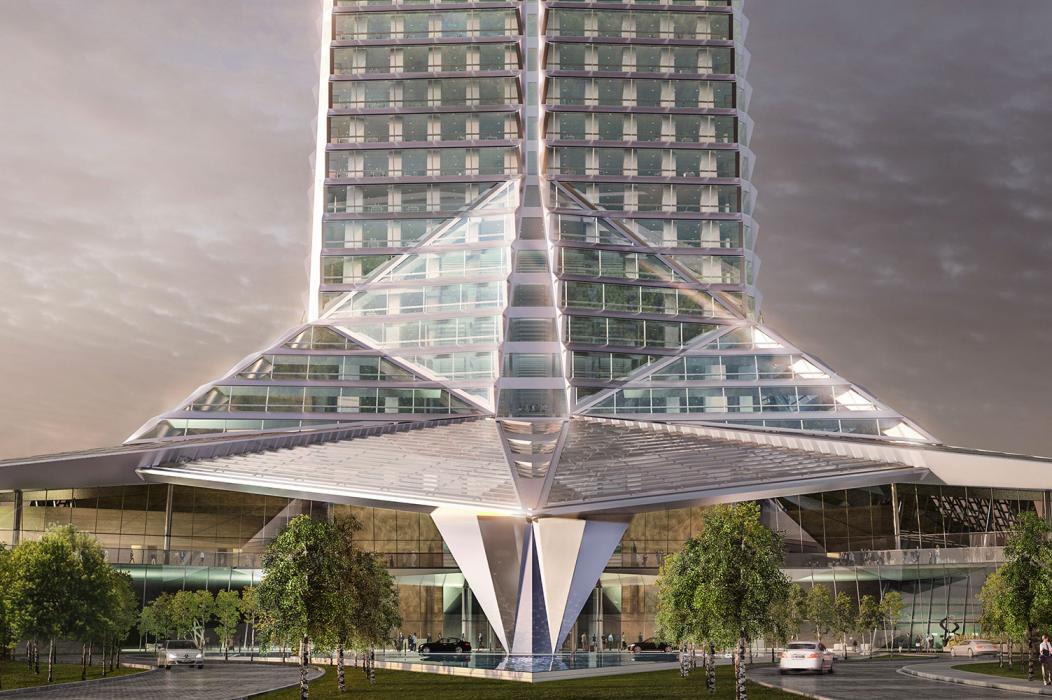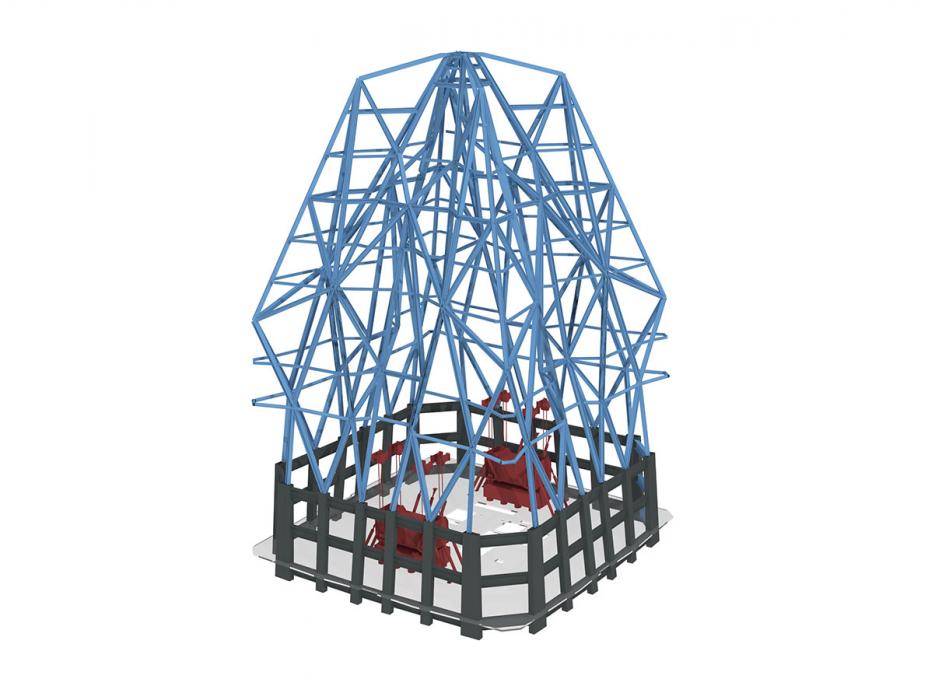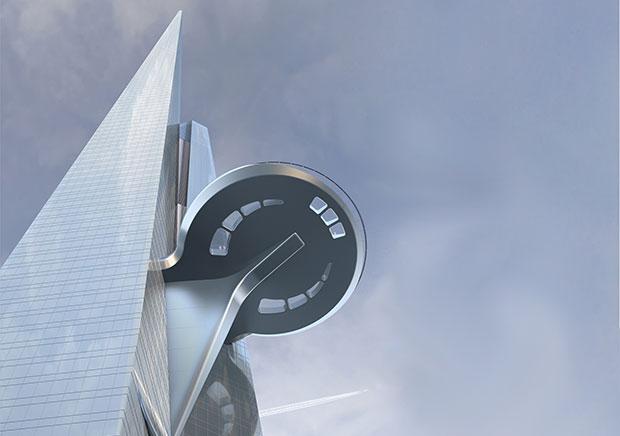
Akhmat Tower
The Akhmat Tower will be the tallest building in Europe and features an innovative response to high seismic and wind forces.
A Historically Inspired, High-Performance Supertall
Inspired by the Nakh watchtowers of the Northern Caucuses, the Akhmat Tower was designed to be the tallest building in Europe. Inspired by Islamic architecture, the tower’s base features an eight-story atrium surrounded by a dramatic eight-point canopy. The mixed-use project will feature both retail and office space in addition to a luxury hotel with a dramatic ballroom, serviced apartments and luxury residential units. A signature steel and glass crown will house a museum and public space with magnificent views of Grozny, the Sunzha River and the surrounding mountain ranges.
We collaborated with Adrian Smith + Gordon Gill Architecture to provide structural design, performance-based seismic design and advanced structural analysis services for the 100+ story project, which will reach a height of 435 meters.
Highlights
- The tower is in one of the world’s most active seismic regions that is also home to extremely high wind speeds. This necessitated the use of a robust, yet lightweight lateral system that incorporates specially detailed RBS beams.
- We performed sophisticated seismic analysis and nonlinear response history analyses that incorporate historical earthquake records to validate the structure’s performance.
- A combination of Russian and specialty high-strength steel will be used in the perimeter tubular frame to minimize the seismic weight of the system and achieve the elegant, yet robust, structure.
- While the light structure works to counter seismic forces, it can result in wind-response movements that are uncomfortable at higher floors. We worked with longtime partner RWDI to design and test a system of two compound opposed-pendulum tuned mass dampers that will provide inertial resistance to sway.










